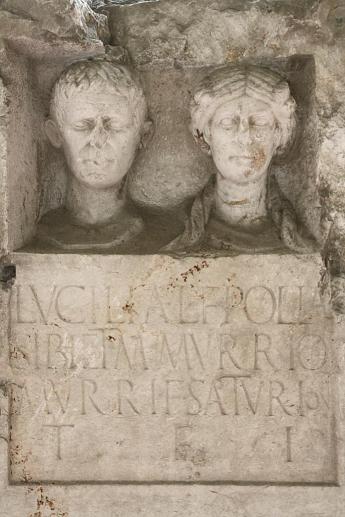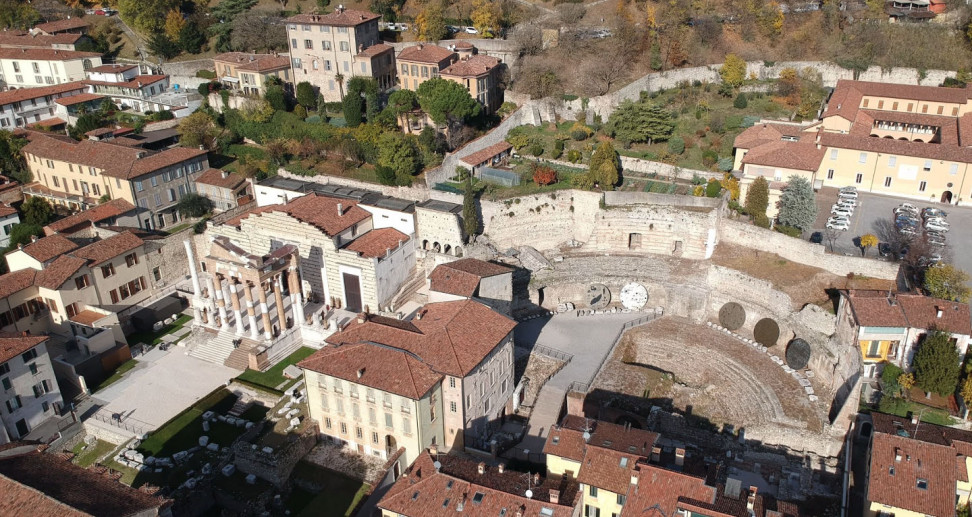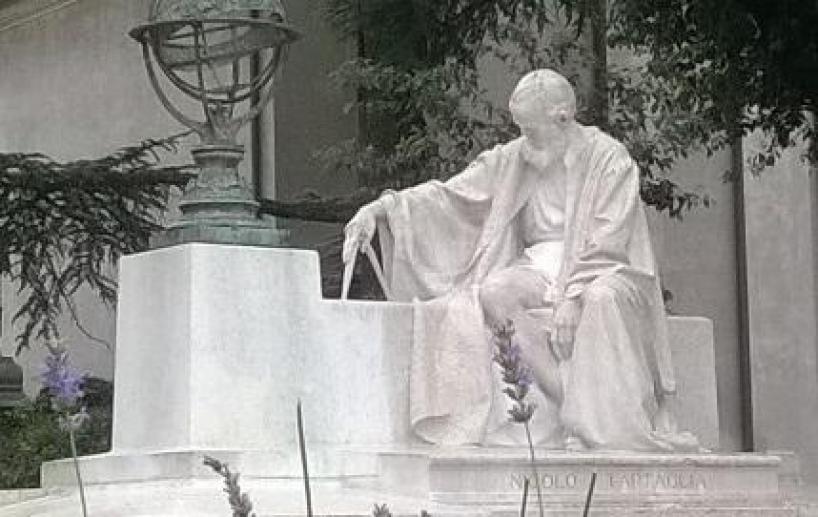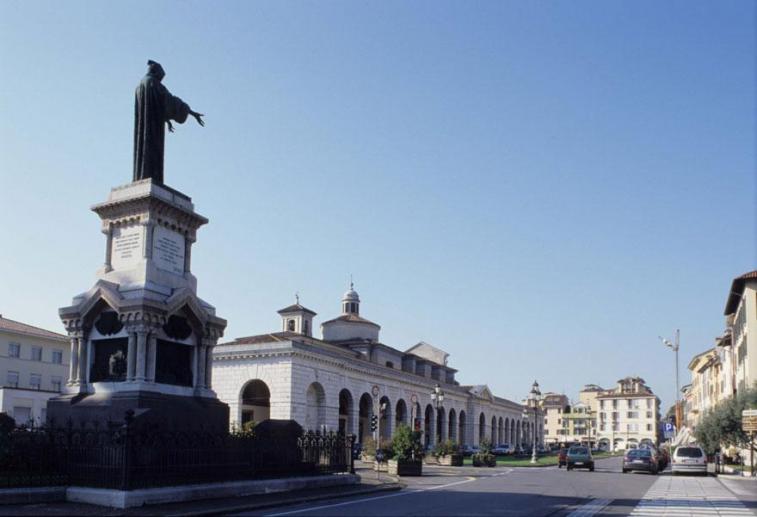- Unesco Sites
- Art & Culture
- Tourism Accessible
Santa Giulia Museum
An area of 14 000m2, 11 000 finds, from Prehistory to 800. Since 2011, the Santa Giulia Museum in Brescia is a UNESCO World Heritage Site
your passport
The Museum of the city of Brescia is located in the historic setting of the female Benedictine monastery of San Salvatore and Santa Giulia, founded in 753 by Duke Desiderio, then king of the Lombards, and his wife Ansa.
In Roman times the area of the monastery was occupied by an extended neighbourhood, with houses decorated with mosaics and frescoes and a stretch of public road, partially recovered during recent excavations, with many relics on display in the museum.
A visit to the Museum of Santa Giulia unwinds along two paths. The first is devoted to the history of the monastery, whose monumental structures attest to the different eras that have marked the history of the city: the church of San Salvatore from the Lombard age, the Romanesque oratory of Santa Maria in Solario, the nuns' choir, the church of Santa Giulia, the Renaissance cloisters, the jewelled cross of Desiderio and the ivory Lipsaoteca, or Brescia Casket.
The second path, which integrates with the previous one, features treasured materials and works of art from the city and territory, arranged chronologically in sections spanning from prehistoric times to the 19th century.
Inside the museum, a special space is dedicated to the Domus dell'Ortaglia, a Roman house richly documented in an archeological area where the remains of two houses were discovered on the site that was occupied by the gardens of the monastery from the Middle Ages.
The Capitoline Temple or Capitolium was built by Emperor Vespasian between 73 and 74 AD and closed off the Forum of Ancient Brixia to the north. The Capitolium was the main temple found in every Roman city and the cultural symbol of Rome. Thanks to recent archaeological investigations, studies and restoration works, visitors can enter the temple and see the original traces of the decor and furnishing of the large cells. The temple continues to preserve its original floors in coloured marble slabs arranged to form geometric patterns dating back to the first century AD. In addition to Botticino stone altars, the cells also contain fragments of statues of worship and furnishings.
The museum visit begins with an account of this area's long history, its past, its discovery and its stories, in an enchanting atmosphere where images and voices accompany visitors through time.
Opening hours
From 1 October to 15 June
Tuesday - Sunday: 9:00 - 18:00 (ticket office closes at 16:30)
Thursday: 9:00 - 22:00
Closed on 24, 25 and 31 December.
1 January: 12:00 - 17:30
From 16 June to 30 September
Tuesday - Sunday: 10:30 - 19:00 (ticket office closes at 18:00)
Closed on Mondays (except holidays)
Capitolium Archeological Area
From 1 October to 15 June
Friday, Saturday, Sunday: 10:00 - 17:00 (Last entry 16:00)
From 16 June to 30 September
Tuesday - Sunday: 10:00 - 19:00 (Last entry 18:00)
Closed on Mondays (except holidays)
























